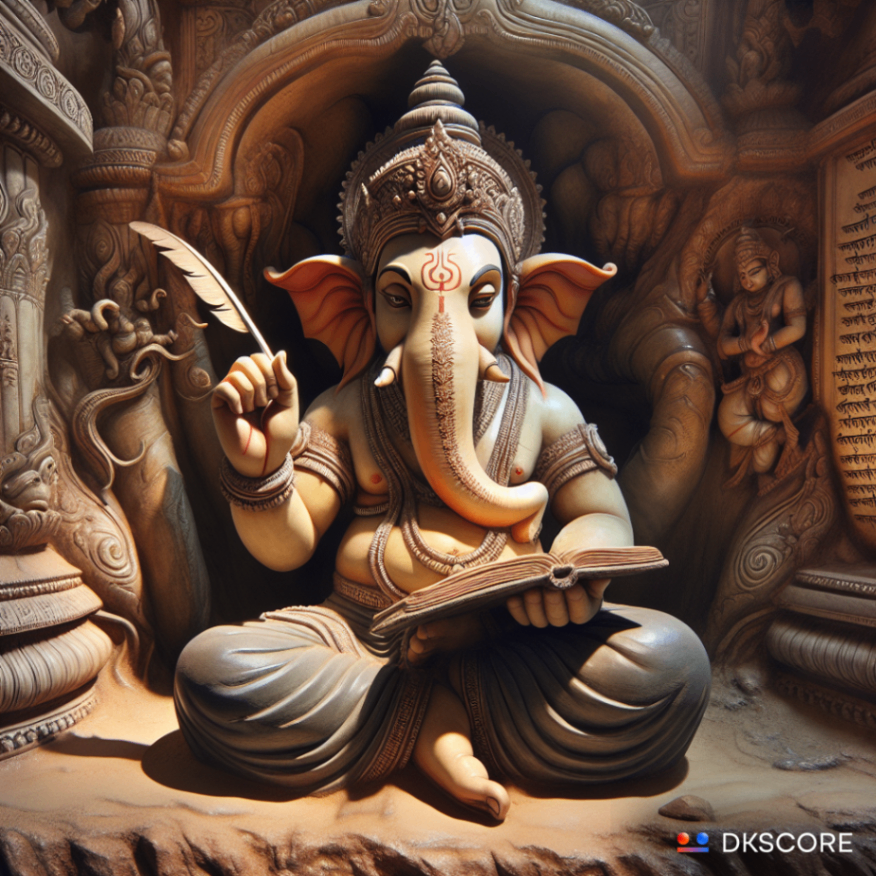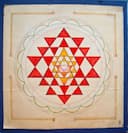Did you know that Ganesha, also known as Ganpati, was the first person to write down the Mahabharata? This great epic, full of amazing characters and deep spiritual lessons, needed someone who could capture its essence in writing. Heres the story of how it happened.
The Need for a Stenographer
When Veda Vyasa, the sage who composed the Mahabharata, needed someone to write it down, he was in a bit of a dilemma. He needed a writer with immense knowledge and understanding. So, he approached Brahma, the creator god. Brahma suggested that the only one capable of this task was Ganesha.
Ganesha Takes on the Challenge
Veda Vyasa meditated on Ganesha, who then appeared before him. Ganesha agreed to write down the Mahabharata, but with one condition: Veda Vyasa had to keep reciting continuously without stopping. If he paused, Ganesha would stop writing. Veda Vyasa agreed but added his own condition: Ganesha should only write down what he fully understood. If Ganesha didn’t understand something completely, he couldn’t write it.
The Writing Begins
With these conditions in place, Veda Vyasa began reciting the Mahabharata. Ganesha started writing, but the task was so demanding that his pen couldn’t keep up. At one point, he broke off his tusk and used it as a pen to continue writing. This is why Ganesha is often depicted with a broken tusk.
A Clever Solution
Veda Vyasa, needing occasional breaks to catch his breath, cleverly inserted complex philosophical concepts into the story. These deep thoughts would make Ganesha pause and think, giving Vyasa the time he needed to continue.
Ganesha: The First Student of the Bhagavad Gita
Ganesha was not just a writer but also the first person to understand the Mahabharata in its entirety. When Lord Krishna recited the Bhagavad Gita on the battlefield, it was Ganesha who first comprehended its profound meaning.
Ganesha’s Role in Vedic Practices
Ganesha is known as the remover of obstacles and is always worshipped first in any Hindu ritual. His role as the stenographer of the Mahabharata showcases his wisdom and understanding, making him a revered deity in Hinduism.
Insights and Teachings
Ganesha’s story teaches us the importance of wisdom, perseverance, and understanding. Just as Ganesha took on the monumental task of writing the Mahabharata, we too can tackle our challenges with dedication and intelligence. His ability to pause and reflect on deeper meanings reminds us to take moments in our lives to understand and appreciate the depth of our experiences.
Additional Insights on Ganesha
Symbolism of the Broken Tusk: Ganesha’s broken tusk symbolizes sacrifice, the importance of wisdom over physical beauty, and the willingness to adapt in challenging situations.
Worship and Rituals: In Vedic rituals, Ganesha is always invoked at the beginning to remove obstacles and ensure success. His mantra, Om Gan Ganapataye Namah, is chanted for prosperity and wisdom.
Philosophical Lessons: The story also highlights the relationship between the divine and human efforts. Ganesha’s condition of fully understanding the content before writing it down emphasizes the value of comprehension over mere rote learning.
By understanding Ganesha’s role and the deeper meanings behind his actions, we can draw valuable lessons for our own lives. Whether its facing obstacles, seeking knowledge, or striving for success, Ganesha’s example provides a guiding light.




















